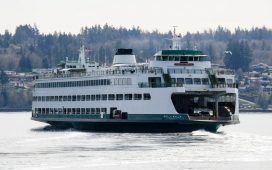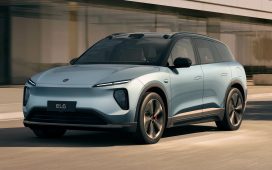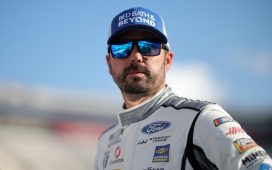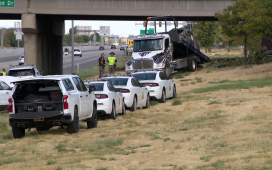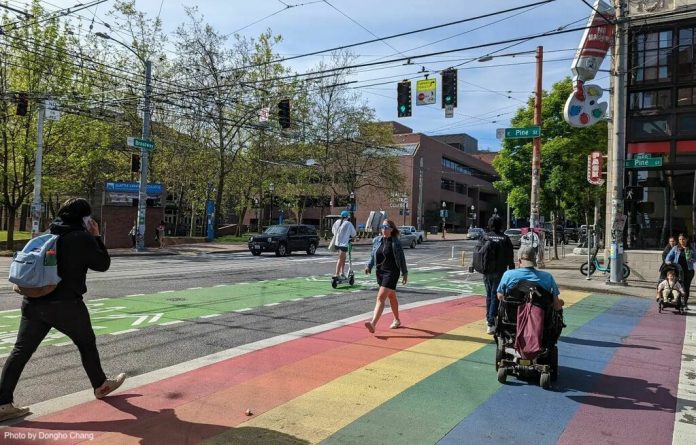
“There can’t actually be that many nondrivers.” Some iteration of that comment is the first question I get when I talk about building a nondriver coalition, even among audiences that are just as eager as I am to see changes in our communities that would reduce car dependency.
I’ve begun to start my presentations asking audience members to reflect on who they know who can’t drive within their own families, their streets, or their social circles. “My sister… my mother… my nephew… my children… my best friend…” As these stories fill the webinar chat box, they begin to diffuse the disbelief.
It’s made me really curious where this resistance to seeing nondrivers comes from. My first guess is that too often the people in these spaces come from families and communities where the burden of the cost of driving isn’t often contemplated. I try to prod my audience to reflect on the demographics of your social circle.
Black households in the United States are three times more likely to lack access to a car than white households. Recent immigrant households are seven times more likely to lack car access. And households that make less than $25,000 are nine times more likely to not have a car than households who earn more than that.
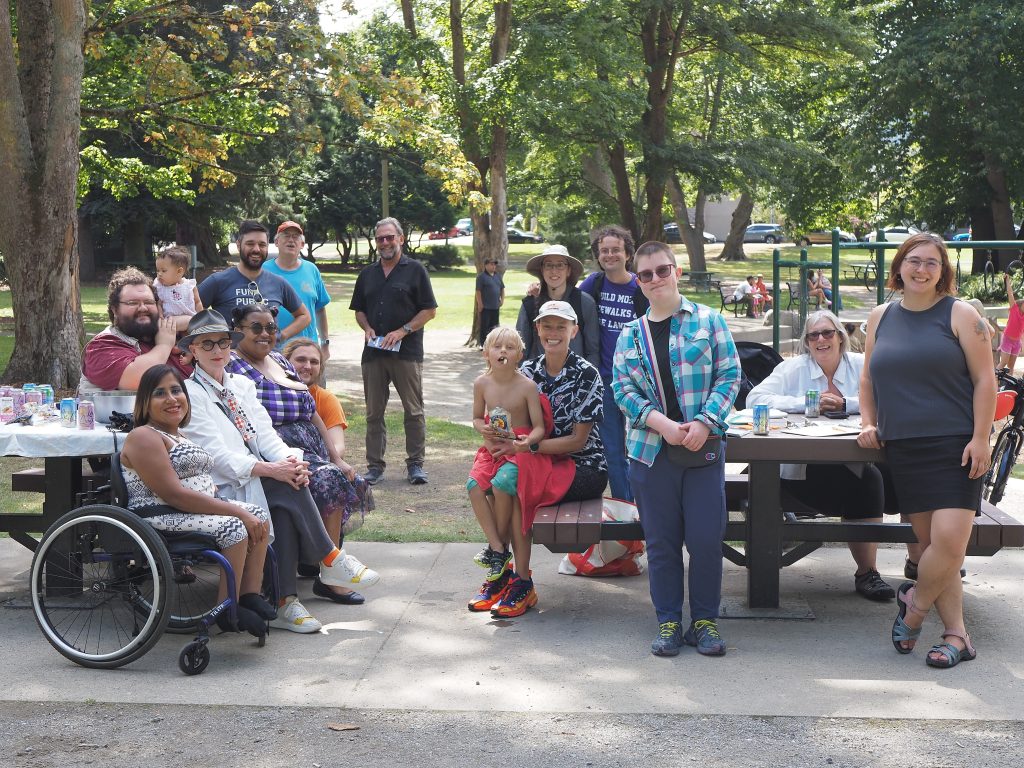
I also ask my audience to consider if they are responsible for transporting other family members who can’t drive. On average, Americans will spend the last six to 10 years of their lives unable to drive. Where do your parents and grandparents live? How do they get where they need to go? If your children do not drive, how do they get places? Could you imagine communities where both young people and seniors could travel without someone to drive them?
I’ve started to think that some of the resistance to believing nondrivers exist comes from the awareness that the car-centric status quo is actually working pretty well for too many of us, and that moving away from car dependency will be disruptive and possibly jeopardize the very structures that give many people economic security, political power, and a sense of home.
It’s easy to point fingers at the automakers and the transportation industry — the engineers and consultants, community engagement and project management specialists, contractors, trade and professional associations — whose interests are served by further entrenching car-dependency into our communities, ensuring that cars are the easiest, safest and most reliable way to get places.
It also isn’t hard to notice who benefits from acres and acres of single-family development — the homebuilders and developers, the land speculators and all the industries that have been built up around building, repairing, renovating, decorating, gardening and securing the suburban home. If you live in a smaller apartment you have no need for all those side tables, those rose bushes, that table saw.
But the financial interests of the car/suburbia industrial complex don’t fully explain why disrupting car-dependency is so hard. Home ownership is one of the few reliable ways for families to build economic security. For many of us, our home is our biggest investment, but it also provides a way for us to save and build wealth, and if property values keep going up, that provides a level of economic security. Home owners across the US are indebted to car dependency for maintaining the values of our single-family homes.
There are also deep cultural preferences for an idealized version of what is essentially a rural lifestyle grafted onto the economic and cultural opportunities that cities provide. Car access makes this possible, and if we want to have serious conversations about reducing car dependency in the US, we have to engage with rural and aspiring rural residents. Part of reducing the seduction of rural living is making our cities more “liveable” with less pollution, less car noise, and more green space and open space. We also need to make it easier to get to parks and natural spaces outside of cities with buses, trains, and shuttles and bike routes providing reliable and enjoyable access.
Fundamentally though, living in denser communities means being willing and able to share public space with others, which is something we are struggling mightily with, especially post pandemic. So much of the Covid public health messaging enforced the need to stay away from others. In my city, playgrounds were closed through the summer of 2020. I’d sneak on to them anyway with my then four-year-old, but if we saw another family approaching, we’d leave. As the intensity of that public health separation messaging waned, we started going to playgrounds more, but whenever we saw another family, my kid would insist he wanted to leave. He’d internalized the need to be separated and to avoid others.
Our country seems to have internalized this message as well. We have lost all trust in being in public spaces, especially places like buses or subways. It’s complicated to separate this pandemic distrust from our racialized history of White people refusing to share public spaces with Black people, and White flight to the suburbs, away from transit and towards car dependency as an alternative to integration.
How can we overcome this distrust? When those who have access to resources and connections have a windshield perspective, it’s challenging, maybe even revolutionary, to suggest that we need to rethink how we build and get around our communities with the intention of inclusion of nondrivers, especially nondrivers who are most likely to be poor, disabled and non-White.
Simply to suggest so many nondrivers exist forces a conversation about how our mobility needs are discounted as unimportant, secondary to the “real” people who can drive where they need to go. It’s the conversation we need to be having, but it is a challenging conversation for everyone who is benefiting from the status quo.
Anna Zivarts published When Driving Isn’t an Option: Steering Away from Car Dependency with Island Press in May 2024. The book outlines her experience as a low-vision nondriver and shines a light on the frustrating, dangerous, and sometimes deadly situations involuntary nondrivers face every day. Zivarts and Disability Rights Washington founded the Week Without Driving Challenge, which starts Monday September 30. Take the pledge and experience our transportation system like a nondriver.

Anna Zivarts (Guest Contributor)
Anna Zivarts is a low-vision parent, nondriver and author of When Driving Is Not an Option: Steering Away from Car Dependency (Island Press, 2024). Anna launched the Week Without Driving challenge and directs the Disability Mobility Initiative at Disability Rights Washington, where she organizes to bring the voices of nondrivers to the planning and policy-making tables. Anna sits on the board of the League of American Bicyclists and serves as a member of the Transportation Research Board’s Committee on Public Health and Transportation.

